Plant Pests & Diseases in Idaho: Identification and Preventative Measures
Got bugs?
Don’t freak out, but you probably do.
And maybe a couple plant diseases, too.
Chomping aphids. Slimy white lawn grubs. Sticky goo.
You don’t have time to peer under all your plant leaves looking for suspicious activity.
We do.
Here’s a look at a few of the top plant pests and plagues we can make go away.
Aphids
What Aphids Look Like:
Soft and pear-shaped, aphids can be green, yellow, brown, red, or black.
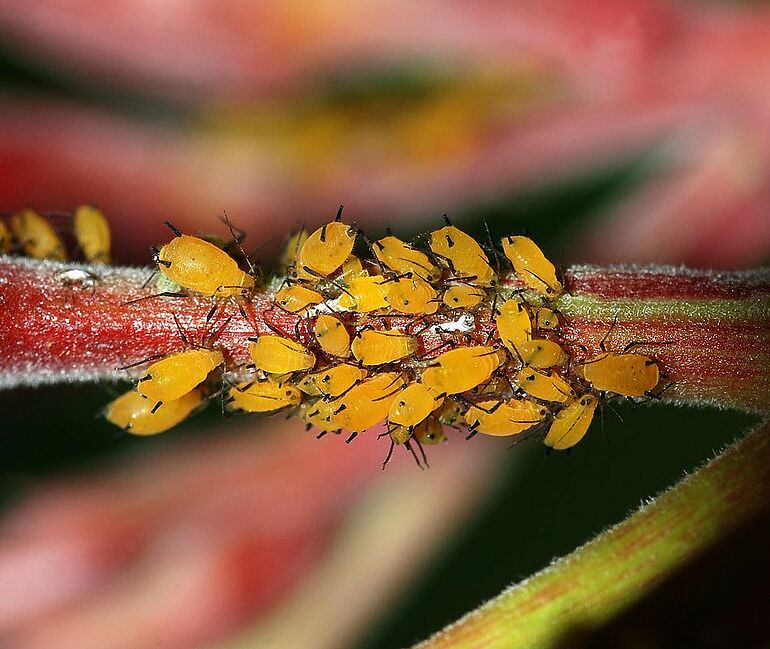
What Aphids Do to Plants:
They pierce stems, leaves, and other tender plant parts and suck out fluids.
You’ll usually find them in groups on plant leaves or stems. And that’s the problem. While a few aphids are no big deal, a mass of then can turn leaves yellow and stunt plant growth.
They also produce large quantities of a sticky goo called honeydew, which is way worse than it sounds.
It often turns black with a moldy fungus.
How to Prevent Aphids:
Check your plants for aphids a couple times a week, especially during prime growing season.
If you catch these plant pests early, you can hose them off your plants with a strong stream of water before they really chow down.
Many types like to hang out on the underside of leaves, so check underneath.
How to treat Aphids:
Ladybugs gobble up aphids, so consider bringing in a swarm or two.
Chemicals? You probably don’t need them. Most big plants can handle some aphid action.
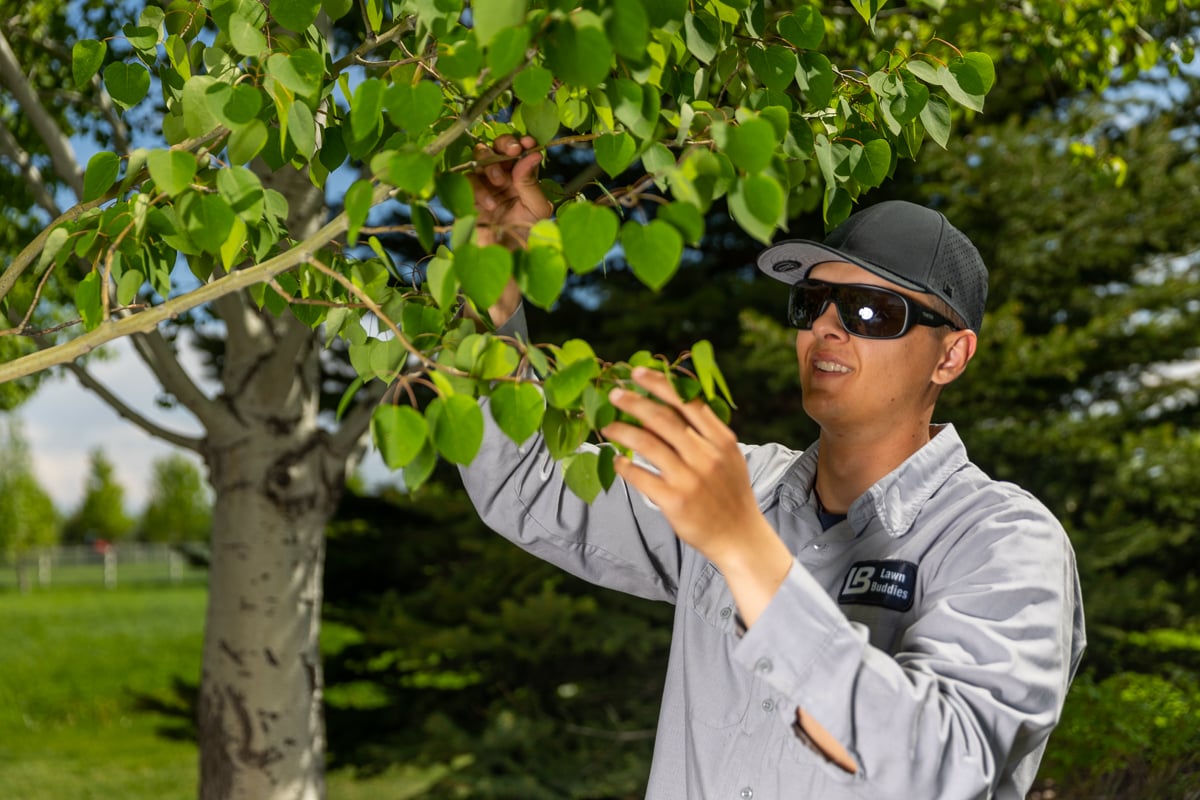
If you do need insecticides, opt for insecticidal soaps and oils. They kill aphids by smothering them, so you’ll need to thoroughly cover the infested leaves.
Sneaky pro tip:
Where there are aphids, there are probably ants. So if you notice a lot of ants scurrying up your tree trunks, check limbs and leaves for aphids.
Lawn Grubs
What Lawn Grubs Look Like:
They’re gross. Immature beetles, they’re about an inch long, white or light gray with brown heads. They often curl up in a C shape.
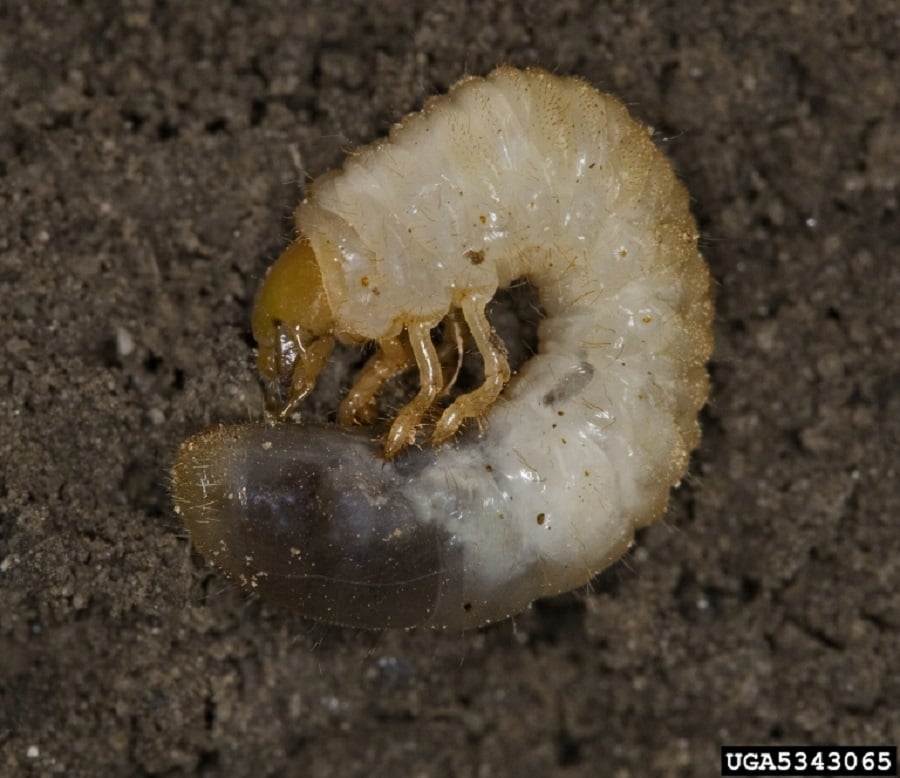
What Lawn Grubs Do:
First they feed underground on the roots of grass. After a year or so, they emerge into the light as beetles.
You’ll notice your lawn is thinner and weaker, with patches of dead or wilted grass.
How to Prevent Lawn Grubs:
Keep your lawn healthy. Keep it watered and fertilized and your grass will recover faster.
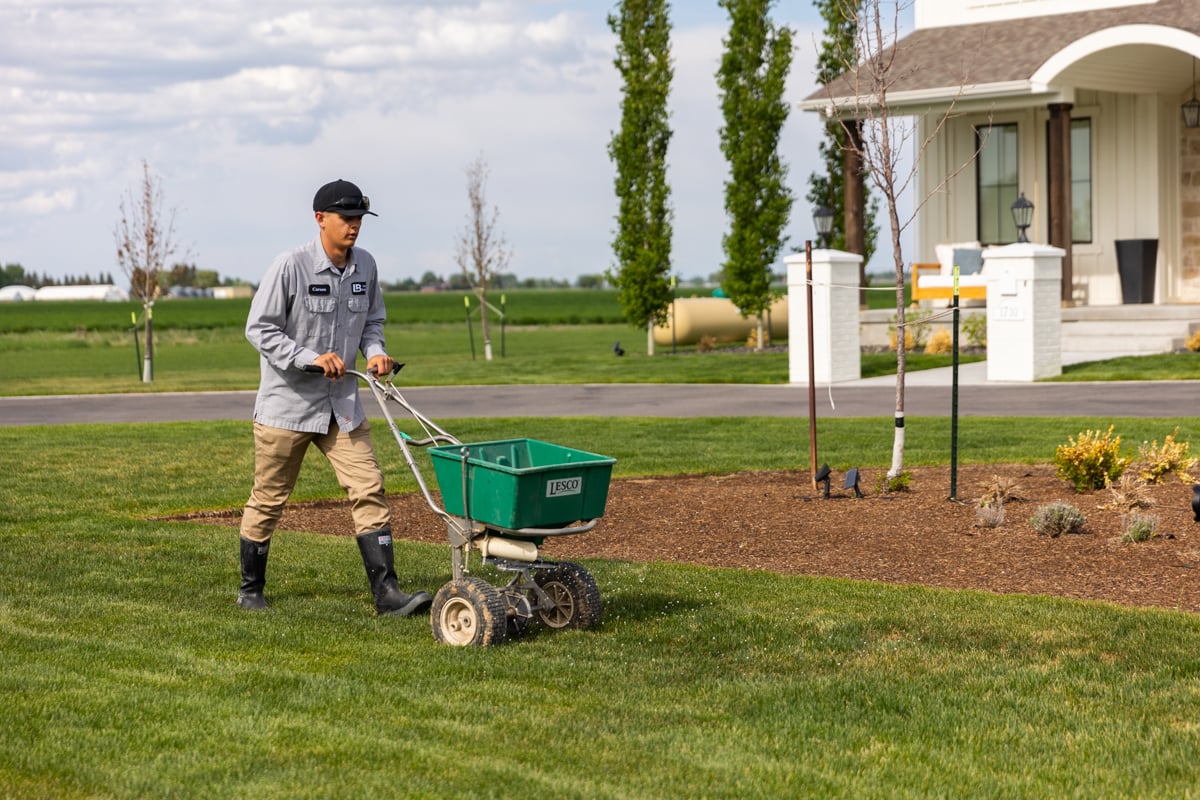
Don’t overwater your lawn. Beetles like a nice wet lawn to lay their eggs in June and July.
How to Treat Lawn Grubs:
First, see how many you have.
Peel back patches of grass with a sharp shovel and count the number of grubs per square foot. If you see fewer than 10 per square foot, rest easy.
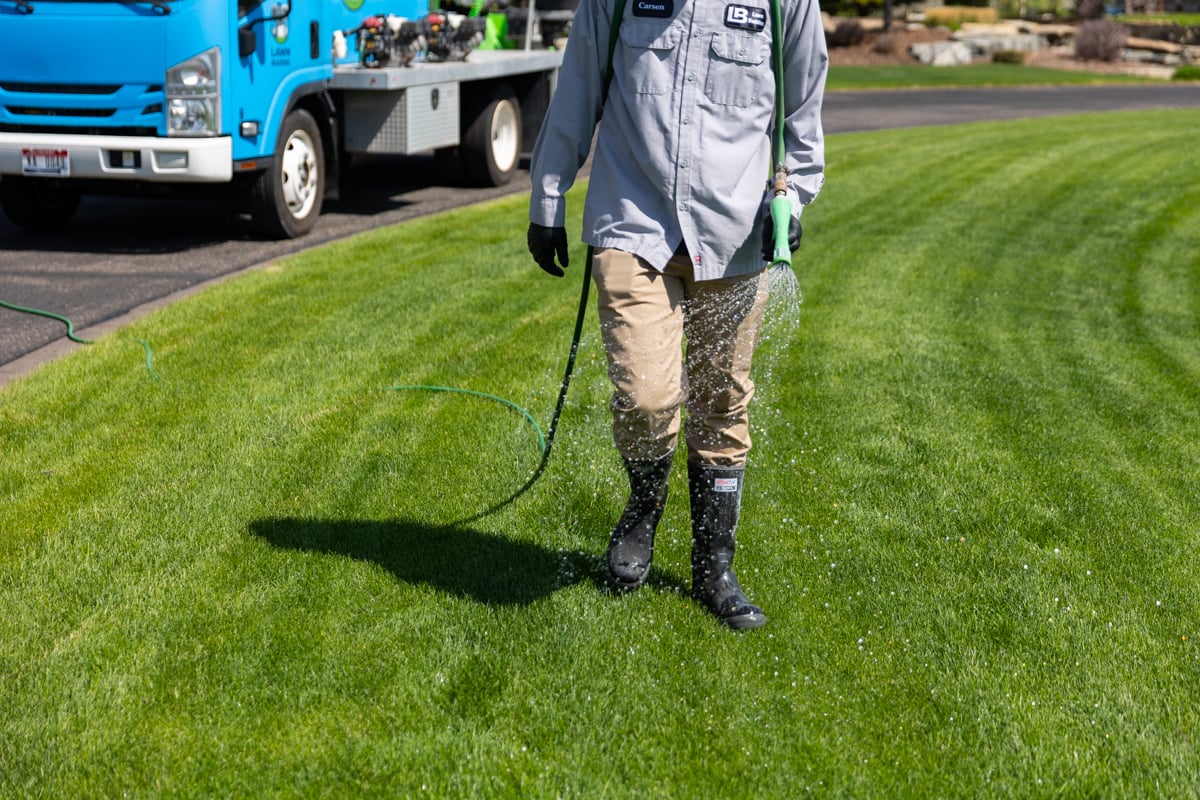
If you have a real infestation, insecticides are available for grubs.
Sneaky pro tip:
Grubs hang out underground, so you might never see them.
But moles, chipmunks, raccoons and birds love them. If you see these critters rummaging in your lawn, you probably have grubs.
Scale
What Scale Looks Like:
This is a tricky one. It’s a tiny insect, but it doesn’t look like a bug at all. Scale look like bumps, more like disease than a bug.
What Scale Does to Plants:
These plant pests latch on to the stems and branches of plants and feed off the sap, weakening the plant and slowing its growth. Leaves can turn yellow and drop. Heavy infestations can kill plants.
How to Prevent Scale:
The healthier the plant, the better it can resist scale.
If you notice certain twigs or branches are really infested, prune them out.
If you discover certain plants constantly battle scale, replace them with more resistant varieties.
How to Treat Scale:
Horticultural oil works well, if you spray it either in the dormant season, or soon after scale are active in late winter to early summer.
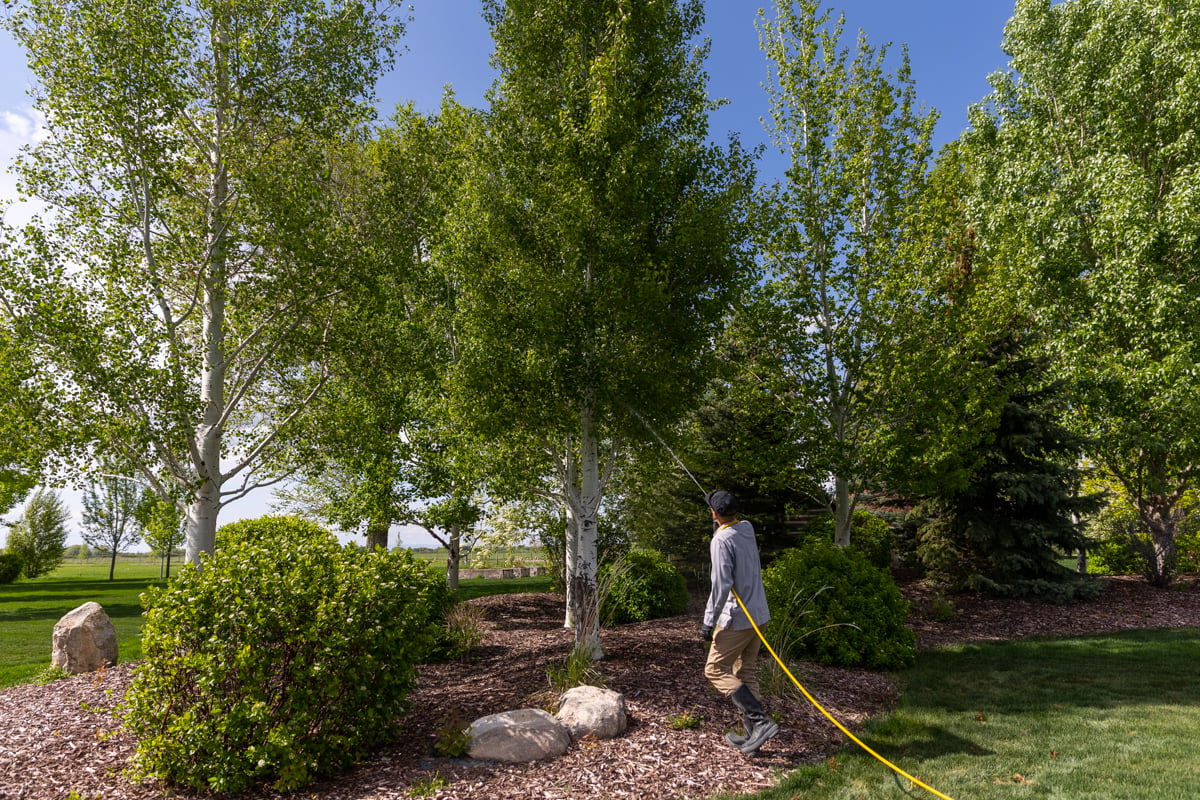
If you have a big infestation, you might need a systemic insecticide.
Leaf Spot
What Leaf Spot Looks Like:
No surprise here —it looks like spots on your plant leaves. They might be brown, tan or black, in different sizes. They’re caused by fungus or bacteria.
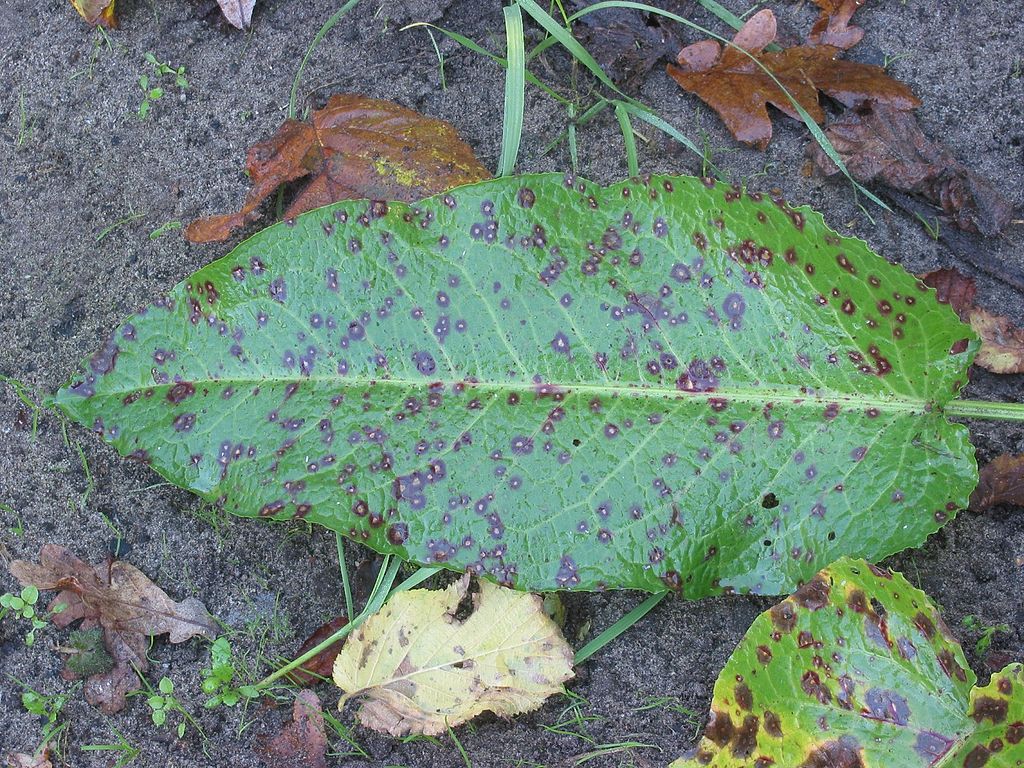
What Leaf Spot Does:
Leaves can yellow and fall off.
How to Prevent Leaf Spot:
The fungi and bacteria that cause leaf spots hang out in fallen infected leaves and twigs.
So keep any infected leaves cleaned up and dispose of them. This will keep infected leaves from infecting new ones.
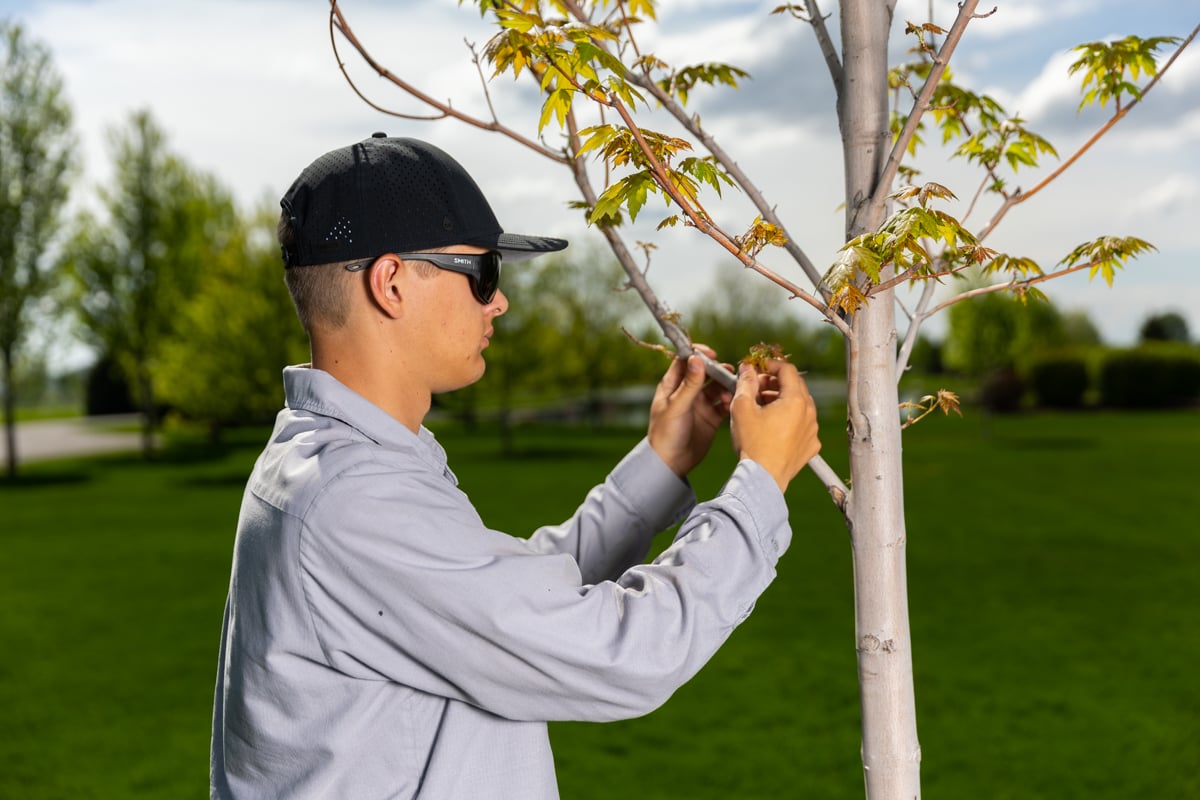
Keep foliage dry by avoiding overhead watering. Water early in the day so leaves can dry, or use soaker hoses.
Prune plants for good air circulation.
How to Treat Leaf Spot:
Leaf spot isn’t usually a big deal. Most trees can handle losing a few spotty leaves.
If the infection is widespread, fungicides can help.
Plant Pests Bugging You? Call Lawn Buddies
We know you have better things to do than crawl around your property’s plants looking for hungry insects and damaging diseases.
That’s why we’re here.
Our pros will identify the plant pests and diseases harming your plants and get them under control.
We provide Plant Health Care Services as an add-on to our Lawn Care Services in and around Idaho Falls, ID.
Got a few minutes? That’s all you need to get started.
- Fill out the form on this page.
- Call us at (208) 656-9131.
- Or read more about our plant health care services.


